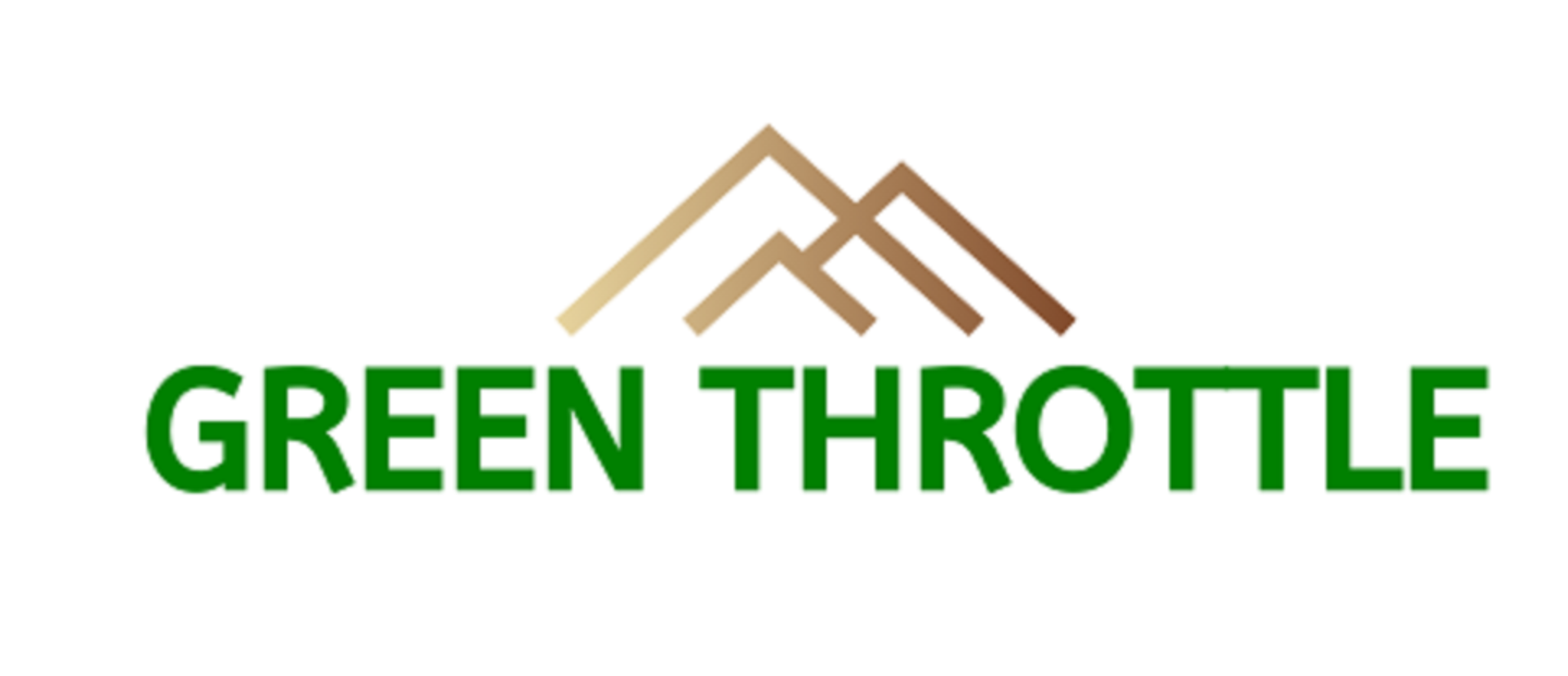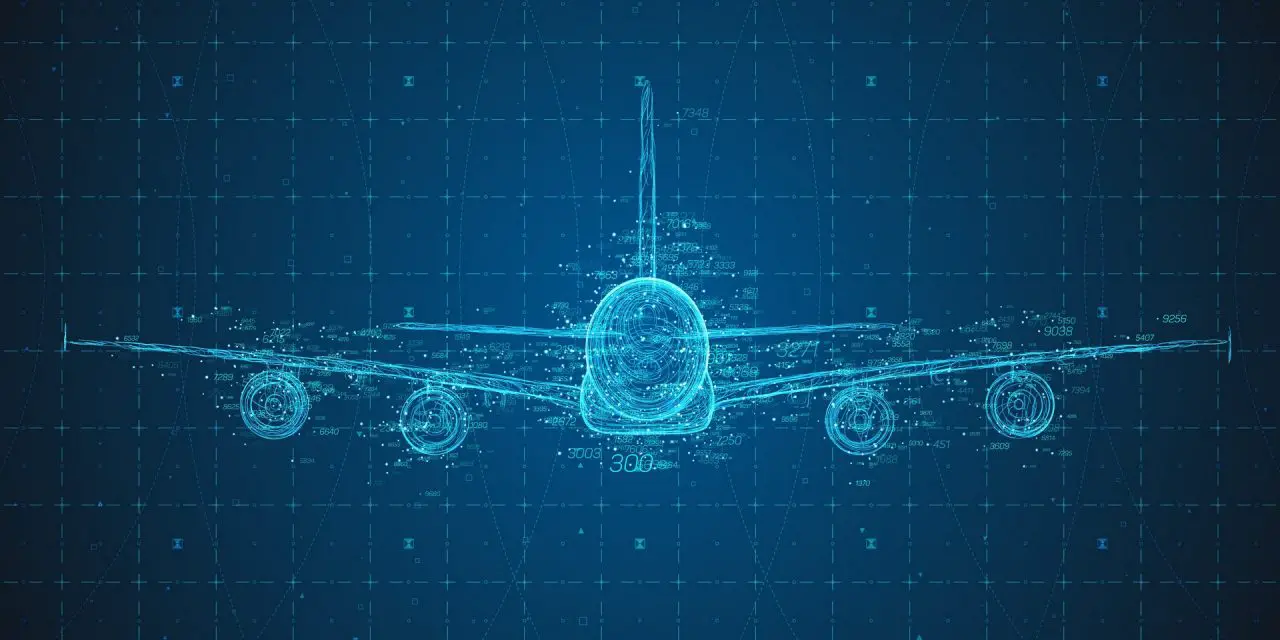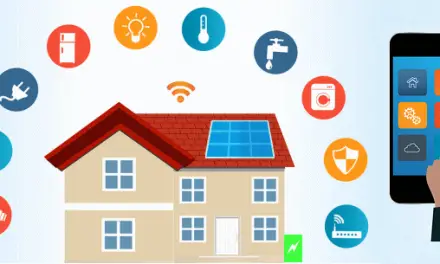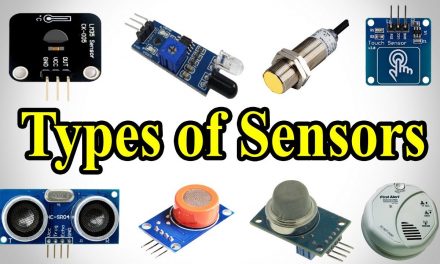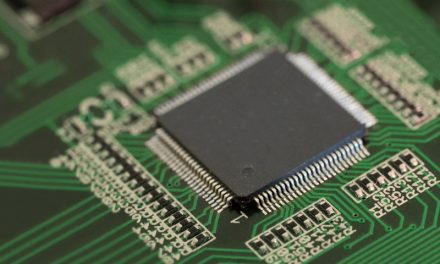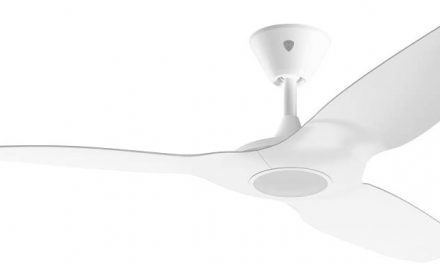The Internet of Things has brought upon change to all industries. The aviation industry was not spared by this change. This article investigates the changes brought by IoT in Aviation, bringing out the benefits of adopting this new technology.
Before we investigate the changes brought by IoT in Aviation, let us first define the term IoT.
Table of Contents
What is IoT?
The Internet of things is a system of interrelated computing devices, mechanical and digital machines provided with unique identifiers and the ability to transfer data over a network without requiring human-to-human or human-to-computer interaction.
Through the introduction of digital technologies such as cloud computing and the Internet of Things, the airline industry is now able to deliver unique, unforgettable customer experiences. The aviation processes are simplified and made easier, and the productivity of the workforce is greatly boosted. Combining the Internet of Things with technologies such as Machine Learning, Artificial Intelligence as well as robotics could generate even more opportunities for better service delivery.
IoT offers numerous advantages to the aviation industry. Let us investigate these various benefits:
Advantages of Aviation IoT
1. Monitoring and Control
Aviation IoT allows for various sensors to be embedded in connected objects. This is made possible due to advances in technology that makes it possible for sensors to get smaller and smaller therefore making it easy to have them embedded in connected objects. In addition, the sensors have significantly improved over the past few years. Using a low power wide area network based solution can be used for enriching the performance of the sensors that offer a low bandwidth.
These sensors can be used for controlling, monitoring as well as collecting accurate real time data. This data can then be sent to the cloud, and be used to identify any inefficiencies in processes such as maintenance operations. This will reduce downtime, and this translates to reduced operation costs.
2. Cloud Computing
IoT in Aviation can be easily connected to the cloud. The cloud offers a common platform for handling and integrating data from several sources. The real time data that is obtained can therefore be utilized for obtaining purposeful insights from the current market data. This information can then be distributed to customers. This could be done in a very short period of time.
3. Enhancing the Customer’s Experience
Since the beginning of the aviation industry, the airline industry was all about enhancing the customer’s experience. Through aviation IoT, this can be achieved by the use of beacons that are spread throughout the entire airport. These beacons can be used to trigger notifications on the passenger’s mobile phones as soon as he is in the range of the beacon. The notifications could be time related, or could be about the flight status. This can even help the airline crew to determine how far the passenger is from the airline and help them determine how long they need to wait before the actual take off.
In addition, applications such as automated check-ins make the customer experience greatly enhanced as customers do not like to wait in queues.
Application of Aviation IoT
1. Wearable Technology
In this application of IoT in aviation, the airline EasyJet has leveraged the use of IoT in its daily operations. The staff are given wearable tech uniforms. These uniforms are fitted with LEDs on the shoulders and hems. These provide visual guidance to the passengers. There are also built in microphones for direct communication with passengers, pilots and amongst crew members. The uniform also displays information such as the number of the flight, the flight destinations and lighting in case of emergencies.
2. Location Based Services
In this application of IoT in aviation, the Helsinki Airport located in Finland uses Wi-Fi and iBeacons to track passengers as well as to offer location based services. Dozens of sensors are located throughout the terminal. These sensors track all the smartphones from the car park to the terminal. Through this application of aviation IoT, the airport can avoid queues and bottle necks where they appear. In addition, retailers have the platform to send push notifications to travellers based on their exact location.
3. Monitoring
In this application of IoT in aviation, the airline Virgin Atlantic gathers data from every single component in its Boeing 787. All the components are attached to a wireless aeroplane network, and they provide real time data on everything. This ranges from the performance of the aircraft to the required maintenance. This means that if the aircraft has a faulty engine, the ground crew will be notified of the defect, and will immediately gather the required spares. As soon as the airplane lands, the ground crew will immediately get to work.
4. Luggage Tracking
In this application of IoT in aviation, the airline Lufthansa Airlines uses a RIMOWA electronic tag to track luggage from the terminal to the flight. The RIMOWA electronic tag is simply an electronic luggage tag. It displays the baggage in the same format size and appearance of paper tags. The only difference is that all this data is on a digital screen that is built into the luggage unit and located near the handle.
The travellers using this tag use their smartphones to send their digital boarding information using the Bluetooth protocol in order to check their bag before they leave home. When they arrive at the airport, all the details will already be present on the bag’s electronic display. All they will have to do is to hand over the bag at the automated check-in station.
5. Entertainment
In this application of IoT in aviation, the airline Qantas uses IoT to drive out all the boredom associated with air travel. Passengers are pleasantly delighted with a Samsung Gear VR headset present on the airplane that offers the passengers a 3D experience in an interactive 360° cinematic video format. This enables the viewers to watch the latest inflight movies and see possible destinations.
Conclusion
The Internet of Things is everywhere. This article has clearly explained the applications of IoT in aviation, as well as the numerous benefits associated with IoT.
We hope you enjoyed the article.
